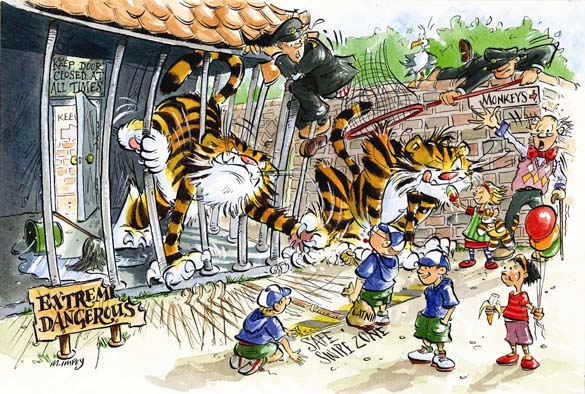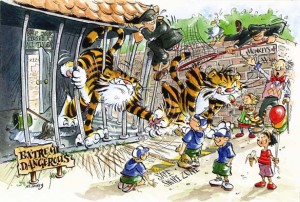

After much study and only after in-depth trials with certain shipowners, the UK P&I Club is now launching an innovative risk management scheme utilizing a ‘BowTie’ approach to identifying areas of risk and minimizing the occurrence of incidents.
The initial public announcement was made in London in front of members of the UK trade press and now it will be presented publicly for the first time in Asia during the Shipping Hong Kong Week (27 Feb-2 Mar, 2012). At the Business of Shipping conference on 1 March, the UK Club’s Loss Prevention Director, Karl Lumbers will explain the concept in detail and be available afterwards to answer any questions the audience asks.
He explains: “Working with those members who wish to identify the various threats to the smooth (claim-free) running of their vessels, we conduct reviews on those areas which may cause claims. Thomas Miller P&I Ltd, the manager of the UK Club, has access to an incomparable amount of claims data resulting from extensive analysis of previous incidents over a period of 23 years and it is this that has enabled the Club to identify ‘threats’, ‘consequences’ and ‘controls’, the foundations of developing BowTie reports on individual vessels.”
Tiger in the Cage
Lumbers cites “the Tiger in the Cage example” as a way of explaining this risk management concept. Clearly a tiger in a cage is a hazard but it is one that is manageable subject to the cage being maintained properly, the zoo keepers being fully trained and everyone following the set procedures when performing their duties.
The Bow Tie methodology is a way of outlining in a clear graphic form both the controls that should be in place to contain a threat and therefore stop an incident and, because no control system comes with a 100% guarantee, the controls that should be in place to minimize the effect of any incident which does occur.
In the case of the tiger, these after the event controls would include having in place plans for locating and capturing the tiger.
Putting the caged tiger into a maritime context, you set out to identify and grade the risks. Then, on the left hand side of the Bow Tie diagram, you set out the controls intended to prevent an incident occurring and on the right, you set out the procedures to be followed if an incident occurs.
Since the number of risks that can be identified can easily run into three figures, these are distilled down to manageable proportions and then discussed with the owner/manager/ crew to gain their input. As Karl Lumbers says, only by involving everyone can you expect the final plan to be respected and implemented as intended. Initial experience shows a high level of support for the concept especially from the seafarers who generally appreciate that this system is meant first and foremost to keep them safe.




